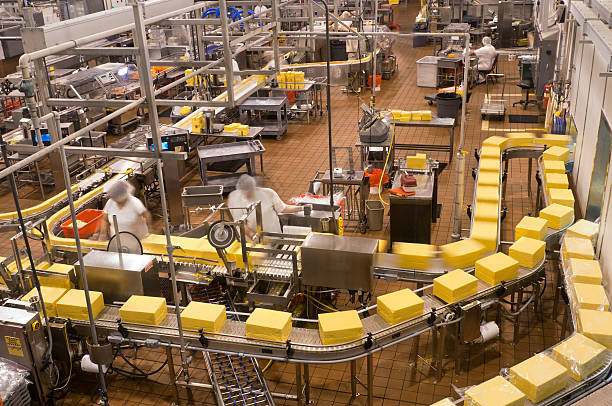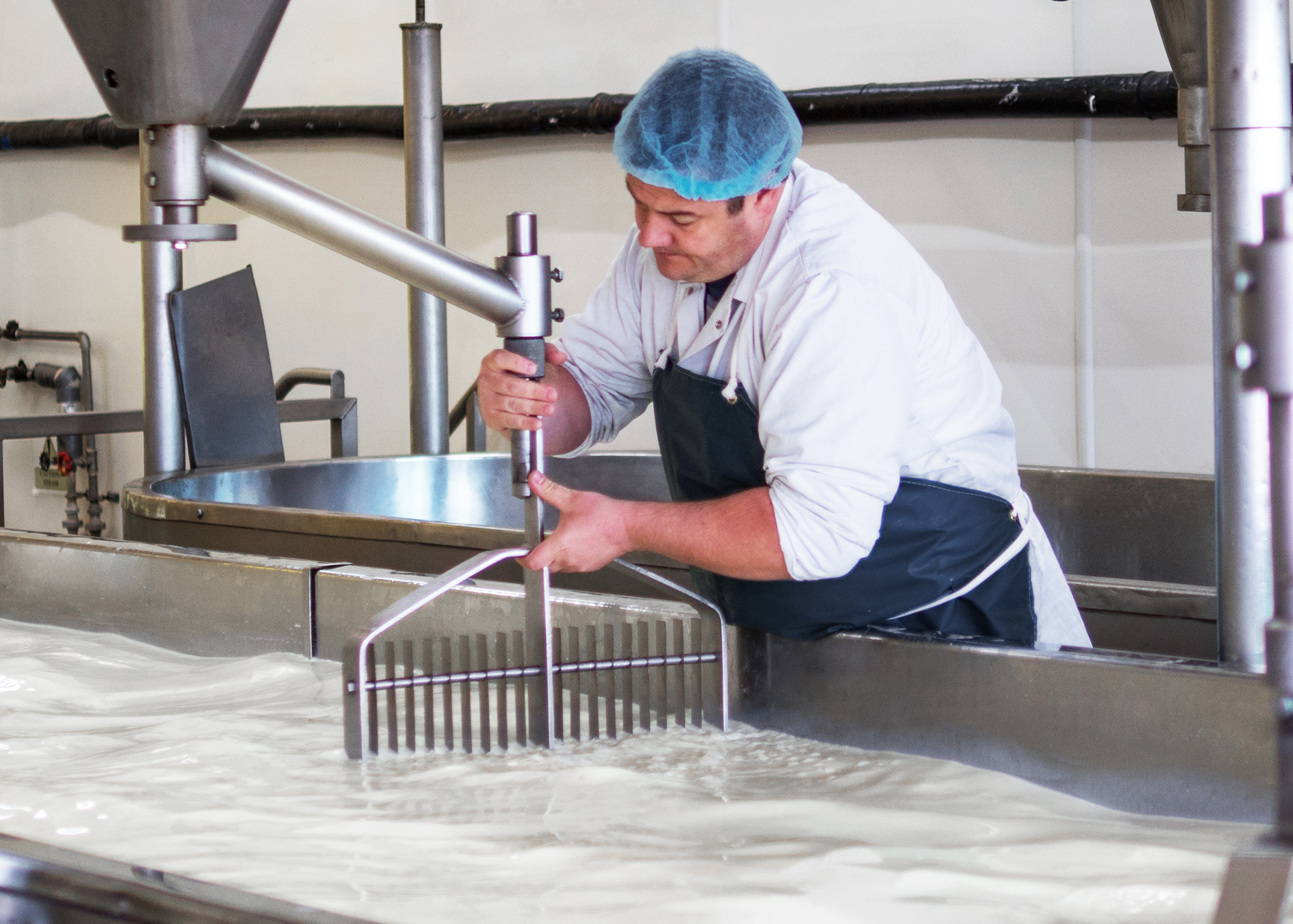Where to Buy Cheese: Top Cheese Shops Melbourne
Wiki Article
A Thorough Appearance at Cheese Manufacturing: Ingredients, Approaches, and the Future of Craftsmen Cheeses
The elaborate procedure of cheese manufacturing is a remarkable convergence of art and science, where high-grade milk, rennet, and certain bacterial societies work as fundamental elements. Typical methods, such as salting and aging, are enhanced by contemporary innovations that react to evolving customer choices. As the market significantly prioritizes sustainability and openness, the future of artisan cheeses promises to show both heritage and progression. Comprehending the subtleties of these practices elevates compelling concerns regarding the instructions of cheese production and its implications for top quality and authenticity. What exists ahead in this developing landscape?Trick Ingredients in Cheese Production
A range of essential active ingredients play a crucial function in cheese manufacturing, each adding to the final item's taste, appearance, and personality. The key ingredient in cheese is milk, which can come from numerous sources, including cows, goats, and sheep - cheese store melbourne. The sort of milk made use of dramatically affects celebrity's preference and uniformity; for circumstances, cow's milk commonly yields creamier cheeses, while goat's milk typically generates zesty varietiesOne more important component is rennet, an enzyme utilized to curdle the milk, separating it into curds and whey. The resource of rennet can be animal, vegetable, or microbial, each giving distinct characteristics to the cheese.
Salt not only boosts the taste however likewise serves as a chemical, hindering the development of undesirable microorganisms. In addition, different flavoring representatives, such as herbs, seasonings, and even smoked wood, can be included to produce unique artisanal cheeses. With each other, these components form the foundation of cheese production, establishing the stage for varied and rich cheese selections.
Typical Cheese-Making Strategies
Using traditional cheese-making methods, artisans around the globe maintain classic methods that have actually been passed down with generations. These techniques frequently emphasize the usage of top quality, locally sourced milk, which is central to the special flavors and textures of artisanal cheeses. The process typically starts with the mindful home heating of milk, complied with by the enhancement of societies and rennet to help with coagulation.As soon as the curds develop, they are reduced, allowing whey to drain, a vital action that affects moisture web content and texture. The curds are then carefully mixed and prepared to attain the wanted firmness. Afterward, they are drained and pressed into molds. Salting is an important element of this process, enhancing flavor while likewise functioning as a chemical.
Aging, or affinage, is one more vital element, during which cheeses establish their characteristic fragrances and tastes. Artisans might use certain maturing environments, using moisture and temperature level controls to improve celebrity's profile. The commitment to these traditional approaches not just sustains regional economies yet likewise adds to the abundant diversity of cheese varieties found globally, commemorating social heritage and artisanal workmanship.
Modern Advancements in Cheese Manufacturing
How have technical advancements changed cheese production in recent years? The combination of modern technology has actually revolutionized both the effectiveness and top quality of cheese production.In addition, advancements in microbiology have actually made it possible for cheesemakers to choose specific bacterial societies and enzymes, optimizing taste profiles and boosting shelf life. The usage of sensing unit innovation for checking fermentation conditions has actually also come to be widespread, enabling real-time modifications to keep optimal atmospheres for cheese aging.

These improvements not only enhance the top quality and sustainability of cheese production however likewise empower artisan manufacturers to keep standard flavors while embracing contemporary effectiveness. As technology remains to anonymous develop, the future important source of cheese manufacturing looks appealing, blending practice with technology.
The Function of Terroir in Cheese
In the world of cheese production, terroir plays a pivotal duty in defining the distinctive attributes of various cheeses. Terroir, a French term commonly related to wine, incorporates the ecological elements that affect agricultural items, including soil make-up, environment, and local plants and fauna. In cheese-making, the special characteristics of the area where the milk is sourced can impart details flavors and appearances to the end product.As an example, the grazing conditions of dairy products pets dramatically affect the milk's structure, affected by the sorts of turfs and natural herbs available in a specific place. This differs not only between nations yet also in between areas within the very same country. Furthermore, the microbial areas present in the atmosphere add to the fermentation processes, bring about diverse profiles in taste and scent.
Cheeses such as Roquefort, Parmigiano-Reggiano, and Cheddar exhibit exactly how terroir can shape their identifications, making them distinct and often safeguarded by geographical indicators. As manufacturers significantly recognize the importance of terroir, there is a growing emphasis on sourcing local components and preserving standard methods, making certain that each cheese truly reflects its beginning.

Future Patterns in Craftsmen Cheeses
A remarkable shift is occurring in the craftsmen cheese industry, driven by evolving customer preferences and technical developments. Significantly, customers are gravitating toward distinct, top notch products that emphasize both sustainability and neighborhood sourcing - cheese store melbourne. This trend is motivating artisan cheesemakers to innovate, concentrating on small-batch production and the usage of traditional methods while integrating contemporary innovation to enhance high quality and safety
Furthermore, there is an expanding interest in plant-based and alternate milk products, pushing typical cheesemakers to explore new methods, such as cashew or almond-based cheeses. you could try these out This shift not only deals with nutritional restrictions however additionally aligns with environmental issues pertaining to animal agriculture.
Furthermore, openness in sourcing and manufacturing processes is becoming vital. Customers are more educated and need traceability, motivating manufacturers to take on clearer labeling practices and engage in narration that highlights their approaches and values.
Conclusion
To conclude, the complex procedure of cheese production fuses traditional techniques with modern developments, leading to a varied variety of tastes and appearances. The focus on high-grade active ingredients and the impact of terroir highlight the virtuosity associated with cheese manufacturing. As the sector advances, a concentrate on sustainability and openness will likely form the future of artisan cheeses, providing to a significantly critical consumer base that values authenticity and craftsmanship in dairy items.Report this wiki page